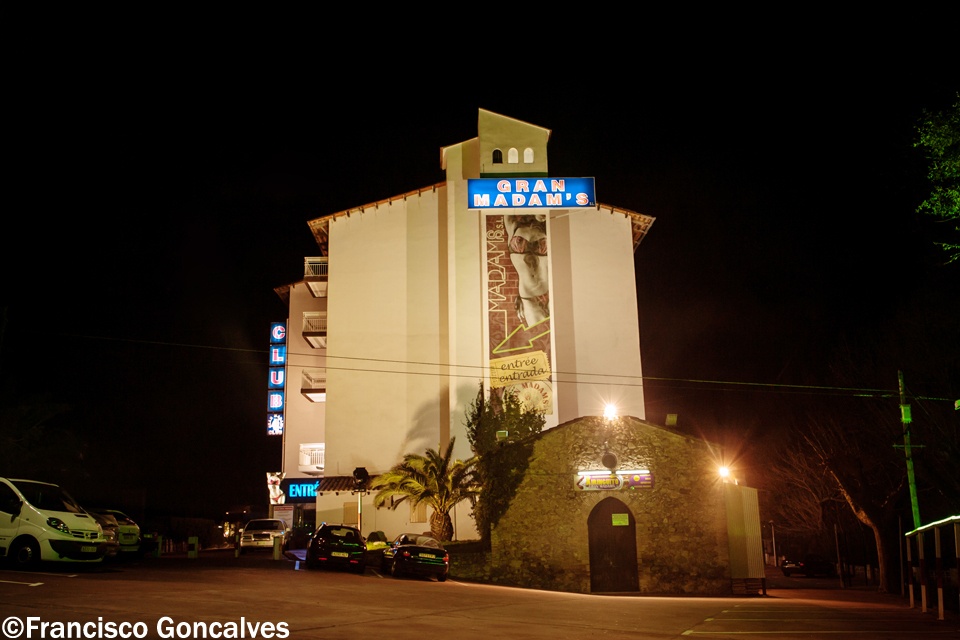
_800.jpg)
( 2007) estimated whether the two exoplanets are inside the habitable zone of M-dwarf Gl 581 from different points of views. The discovery led to great interest in establishing whether these exoplanets are habitable. Since the minimum mass of Gl 581c and Gl 581d is about 5.0 and 8.0 M ⊕ ( M ⊕ is the Earth mass), respectively, below the boundary of 10 M ⊕ between terrestrial and giant gas planets, they are considered to be two terrestrial super-Earth planets. Two super-Earth extra-solar planets were detected orbiting M-dwarf Gliese (Gl) 581 (Udry et al. Key words: planetary systems / radiative transfer / planets and satellites: atmospheres / stars: individual: Gl 581 We compare our results with other independent studies. In contrast, Gl 581c might have experienced runaway greenhouse, like Venus, because of its too high surface temperature and the lack of an effective cold trap for water vapor. However, at least 6.7 bars of CO 2 are required to raise its surface temperature ( T s) above the freezing point of water. Our simulation results suggest that Gl 581d is probably a habitable planet. Different values of CO 2 concentrations and water-vapor mixing ratios are tested. Radiative-convective atmospheric models are used. The present study is to investigate their habitability constrained by radiative properties of their atmospheres and the threshold of carbon-dioxide (CO 2), assuming that the two exoplanets are terrestrial, and that they have similar outgassing processes to those of the terrestrial planets in our own solar system. The M-type star Gliese 581 is likely to have two super-Earth planets, i.e., Gl 581c and Gl 581d. Laboratory for Climate and Ocean-Atmosphere Studies, PekingĮ-mail: of Atmospheric and Oceanic Sciences, School of Physics,Īims. Astronomical objects: linking to databases.

Including author names using non-Roman alphabets.

Suggested resources for more tips on language editing in the sciences Punctuation and style concerns regarding equations, figures, tables, and footnotes


 0 kommentar(er)
0 kommentar(er)
